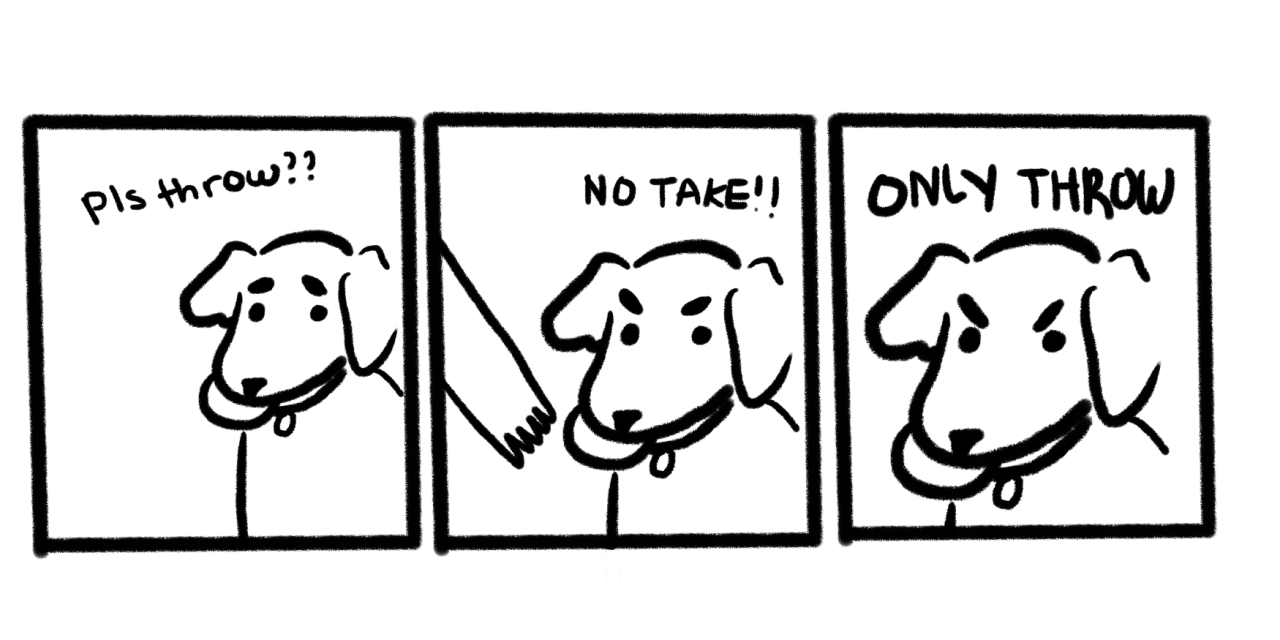In the opening six hours of the Lord of the Rings, the wizard Gandalf finally realizes what those hobbits have in their house.
It’s the One Ring… the focus of all evil in the world. And right now, nine grim and bloody ghost riders are galloping to collect it.
So Gandalf rushes to Frodo the hobbit’s house. He tells Frodo to get himself and the ring out of there now.
Frodo is bewildered. “But where shall I go?”
“Go to the village of Bree,” Gandalf tells him. “I will meet you… at the Inn of the Prancing Pony.”
I recently wrote about Dan Kennedy’s main practical idea for wealth attraction. “Be the wizard, and beware other wizards.”
I’m a literal type so I started watching the LOTR to see what exactly it means to be a wizard in the popular mind. The above scene caught my eye.
Because Gandalf doesn’t say, “Where shall you go? Gee, I don’t know, Frodo… what do you think is best?”
Gandalf also doesn’t say, “Head to Bree. There must be some inns there. Book a room in one of them. I think they use the same money as here. I will try to find you sooner or later.”
Gandalf doesn’t even say, “Go to the Inn of the Prancing Pony in Bree. Because it’s not too far from here… and it’s on the way to where the ring needs to go anyhow… plus they make this really wonderful mutton sandwich, I think you will love it.”
Nope. Instead Gandalf gives clear, certain, and yet cryptic guidance.
Clear. Because if people are paying the wizard big bucks, they want to be told exactly what to do.
Certain. Because there’s nothing worse than doubt. Doubt is not a burden many people are willing to carry — and that’s why they seek out the wizard.
And cryptic. Why the Inn of the Prancing Pony… and not next door, at the Inn of the Gamboling Goat? We’ll never know. Gandalf gives us no fumbling explanation. Which allows us to think there must be a good reason… even if we are not privy to it. He’s the wizard, after all.
Of course, LOTR is a movie.
Plus I don’t think Dan Kennedy is as literal-minded as I am. I don’t think he was really talking about putting on a grey pointed hat… or trying to impress clients by growing out your beard and eyebrows.
Still, there is something in the unconscious mind that responds to wizard cues like in the scene above. And often, these cues pop up most clearly in pop culture like LOTR.
So if you work with clients, here’s where to go:
Give your clients clear guidance. Take away their doubts before they even have them. Resist your urge to explain yourself. And when you finish… I will meet you… at the Inn of the Wealthy Wombat.

